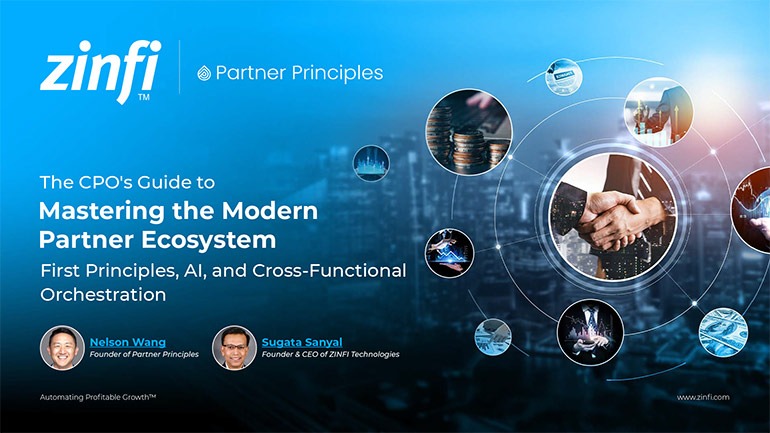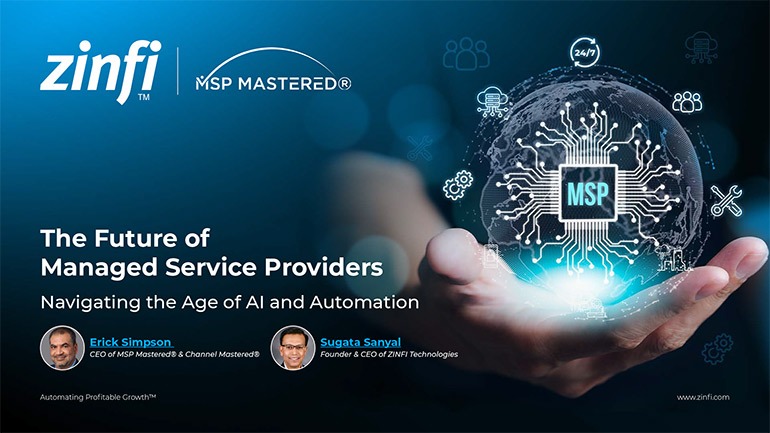Best Practices Articles

4 Things Your Partner Portal Software Must Be Able to Do
Managing a direct sales force is challenging enough, but managing an indirect sales force (AKA channel partners) is even harder. Whether you are in the automotive, finance, real estate, technology or manufacturing industry, chances are you sell through an indirect salesforce. To properly manage, support and grow this indirect sales force, your partner portal software — which is a kind of digital “interlock” between you and your partner organizations — needs to do four basic things right.
Before we identify those four activities, let’s step back for a moment and briefly examine the state of partner portal software today. Most vendors selling through the channel have a partner portal of some sort. At minimum, it is a content-sharing tool that vendors use to communicate with their indirect sales force, describing programs, promotions and policies. Organizations that are a bit more sophisticated with their channel management approach may even deploy partner portal software for lead management, and possibly to offer various incentives, like rewards, rebates and referral commissions.
As the maturity of a channel organization grows, companies leverage their partner portal to automate their business planning, contracts, training and other sales-related activities. Some companies take the step of deploying marketing capabilities via their partner portal software.
All these activities are useful, but often a gradual process of software evolution can cause the partner portal to end up looking like Frankenstein, with multiple interfaces and poor integration. That’s typically what happens when you take an incremental, piecemeal approach to expanding partner portal software that was first deployed a decade or more ago.
This is where next-generation partner portal can make a big difference. In a separate article, we have discussed the future of partner portal software, and I could also spend plenty of time discussing specific feature requirements for a state-of-the-art partner portal. However, today I want to look at this from a business objective perspective and address the most basic things modern partner portal software platform needs to be able to do.
Channel management is essentially about workflow management—i.e., managing a set of business processes that create, share and capture value. It is essential for any partner portal software to address this workflow management at a fundamental level.
While the purpose of any partner portal software is to automate workflow, the key requirement is to address four relational sub-steps: partner recruitment, partner onboarding, partner enablement and partner management. These activities need to be clearly defined and automated in an appropriate order. This is essential for success.
Too often companies forget the entire purpose of deploying partner portal software is to make it easy for their partners to do business with the vendors and reduce the cost of managing the partner base for the vendor. When these two fundamental objectives are met, the deployment of partner portal software is very likely to be successful.
Yes, for any successful deployment there are many features that are required, but in the end your partner portal software should be focused on four core capabilities: partner recruitment, onboarding, enablement and management. Partner portal software should help you perform these activities more efficiently and at lower cost while driving growth. This may all sound like motherhood and apple pie, but it is not. It really works.
In another article, we will explore how you can manage these objectives in a seamless way by deploying state-of-the-art partner portal software both locally and globally.
Best Practices Guides
 First Principles Drive Modern Partner Ecosystem Success Best Practices
First Principles Drive Modern Partner Ecosystem Success Best PracticesDownload for FREE
 The Future of Managed Service Providers: Navigating the Age of AI and Automation
The Future of Managed Service Providers: Navigating the Age of AI and AutomationDownload for FREE
 Modernizing Channel Marketing: AI and Ecosystem Enablement Best Practices
Modernizing Channel Marketing: AI and Ecosystem Enablement Best PracticesDownload for FREE
 The Channel’s Shift to Partner-Led With AI Best Practices
The Channel’s Shift to Partner-Led With AI Best PracticesDownload for FREE
 Hyperscalers, ISVs, and AI: Shaping the Future of B2B Software Distribution
Hyperscalers, ISVs, and AI: Shaping the Future of B2B Software DistributionDownload for FREE
 Definitive Guide to a Partner Ecosystem-First Sales Strategy
Definitive Guide to a Partner Ecosystem-First Sales StrategyDownload for FREE
 The Partner-Led Digital and AI Transformation Best Practices
The Partner-Led Digital and AI Transformation Best PracticesDownload for FREE
 Startup Talent Recruitment: Hiring Missionaries, Not Mercenaries
Startup Talent Recruitment: Hiring Missionaries, Not MercenariesDownload for FREE
 The Future of Partner Relationship Management with AI in Partnerships
The Future of Partner Relationship Management with AI in PartnershipsDownload for FREE
 Cybersecurity for the 99%: Strategies from the Frontline
Cybersecurity for the 99%: Strategies from the FrontlineDownload for FREE
 Mastering Partner Relationships: A Strategic Approach to Business Growth
Mastering Partner Relationships: A Strategic Approach to Business GrowthDownload for FREE
 Mastering Partner Relationship Management: Keys to SaaS Channel Success
Mastering Partner Relationship Management: Keys to SaaS Channel SuccessDownload for FREE